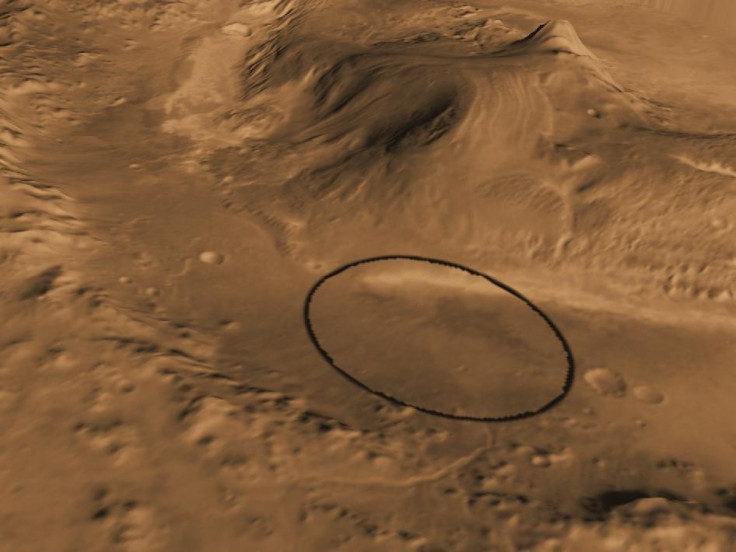NASA Talks New Mars Rover, Plans to Visit Red Planet

NASA announced where the new Mars Rover will land while affirming its dedication to sending an astronaut to the red planet.
The space agency said it will send the new car-sized rover, which will act as a science laboratory and satellite for scientists back home, to Mars later this year. It will likely land in August 2012. The rover will target the foot of a layered mountain inside the planet's Gale crater. The crater is 96 miles in diameter and has a mountain that rises higher than Mount Rainier above Seattle.
Mars is firmly in our sights, stated NASA Administrator Charles Bolden. Curiosity not only will return a wealth of important science data, but it will serve as a precursor mission for human exploration to the Red Planet.
NASA has previously dedicated a manned mission to Mars by the 2030s. There are some private space exploration companies that say it could be done even sooner than that.
This mission will last two years where researchers will use the Rover to study whether or not the landing region has favorable environmental conditions for supporting microbial life and for preserving clues about whether life ever existed. NASA says Gale, which was named after Australian astronomer Walter F. Gale, has a lot of potential.
Scientists identified Gale as their top choice to pursue the ambitious goals of this new rover mission, Jim Green, director for the Planetary Science Division at NASA Headquarters in Washington, said in a statement. The site offers a visually dramatic landscape and also great potential for significant science findings.
The newest Mars Rover, named Curiosity, had dozens of potential landing spots. The choices were whittled down to four in 2008. After a thorough study, scientists said Gale provided the safest and most scientifically attractive site.
One fascination with Gale is that it's a huge crater sitting in a very low-elevation position on Mars, and we all know that water runs downhill, John Grotzinger, the mission's project scientist at the California Institute of Technology in Pasadena, Calif, said. In terms of the total vertical profile exposed and the low elevation, Gale offers attractions similar to Mars' famous Valles Marineris, the largest canyon in the solar system.
Curiosity is the fourth Mars rover. Sojourner was the first and lost communication shortly after its launch in 1997. Following that was Spirit, which launched in 2004 and lasted for six years. Opportunity launched in 2004 as well and is still active. The newest one is bigger and better than any previous Rover. It is twice as long and more than five times as heavy as any of the previous ones and it includes 10 science instruments.
Unlike previous Rovers, Curiosity will be able to look for more than just water when looking for signs of life. This includes carbon-based building blocks of biology called organic compounds. These compounds require special conditions which can be deducted by Curiosity's ability to find certain minerals.
Gale gives us attractive possibilities for finding organics, but that is still a long shot, said Michael Meyer, lead scientist for NASA's Mars Exploration Program at agency headquarters.
NASA hopes to launch the new Rover between Nov. 25 and Dec. 18.
Follow Gabriel Perna on Twitter at @GabrielSPerna
© Copyright IBTimes 2024. All rights reserved.





















